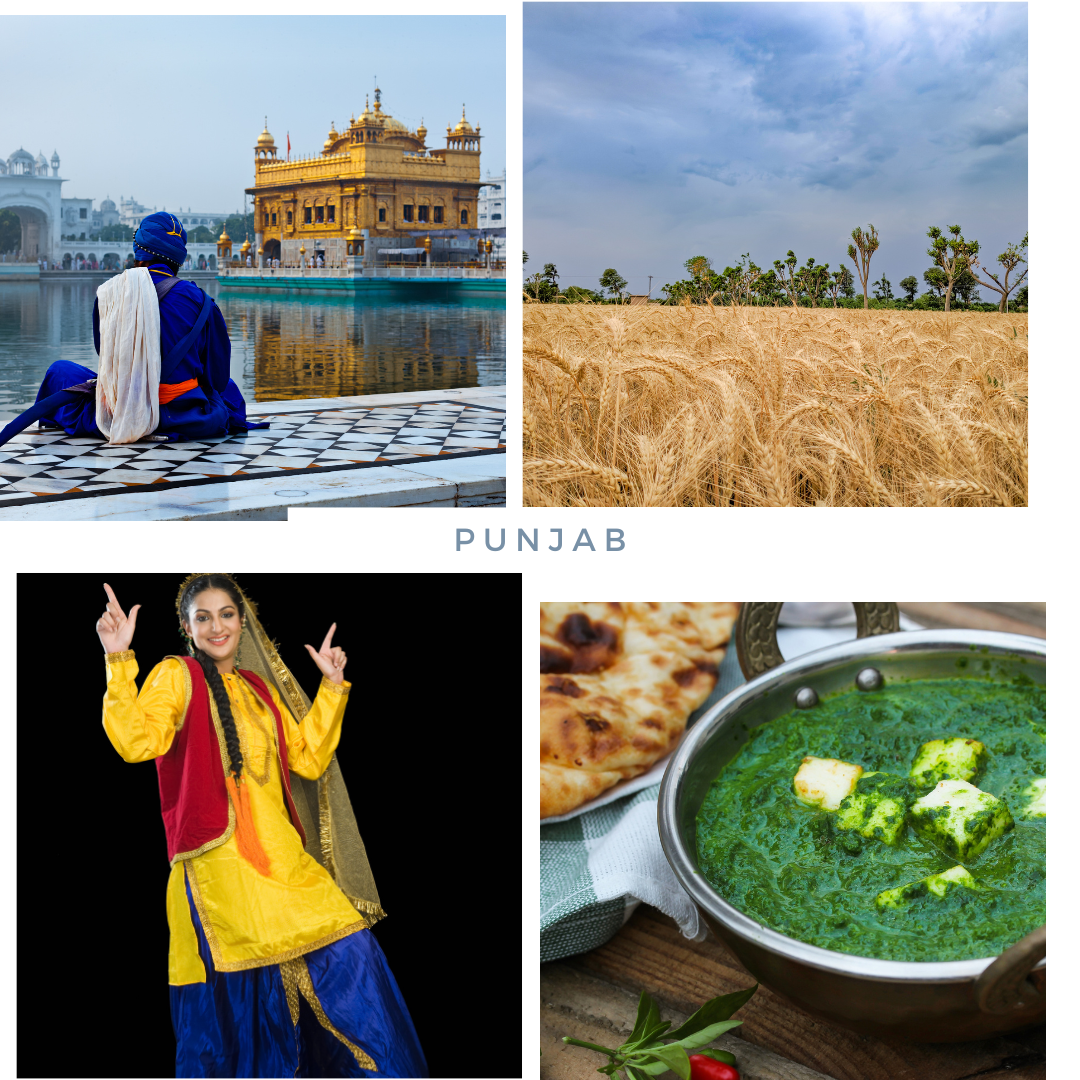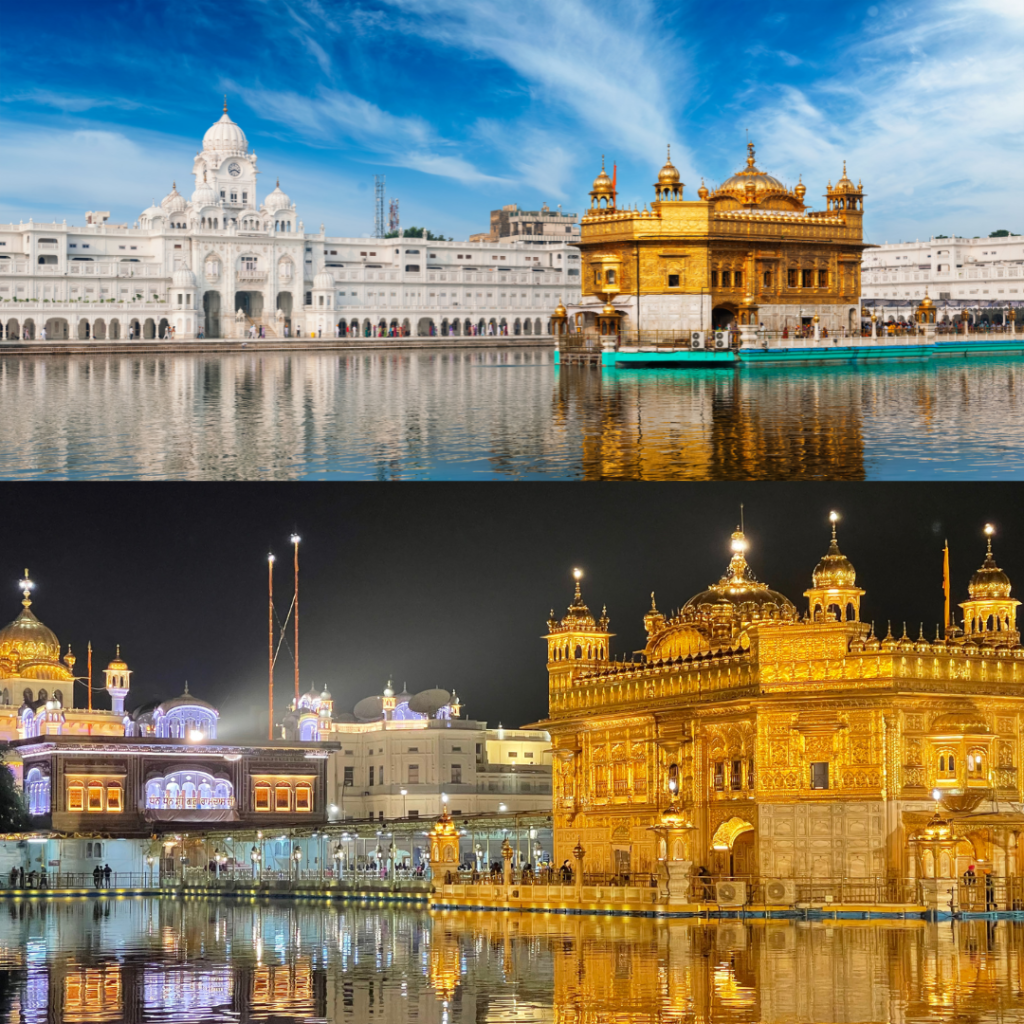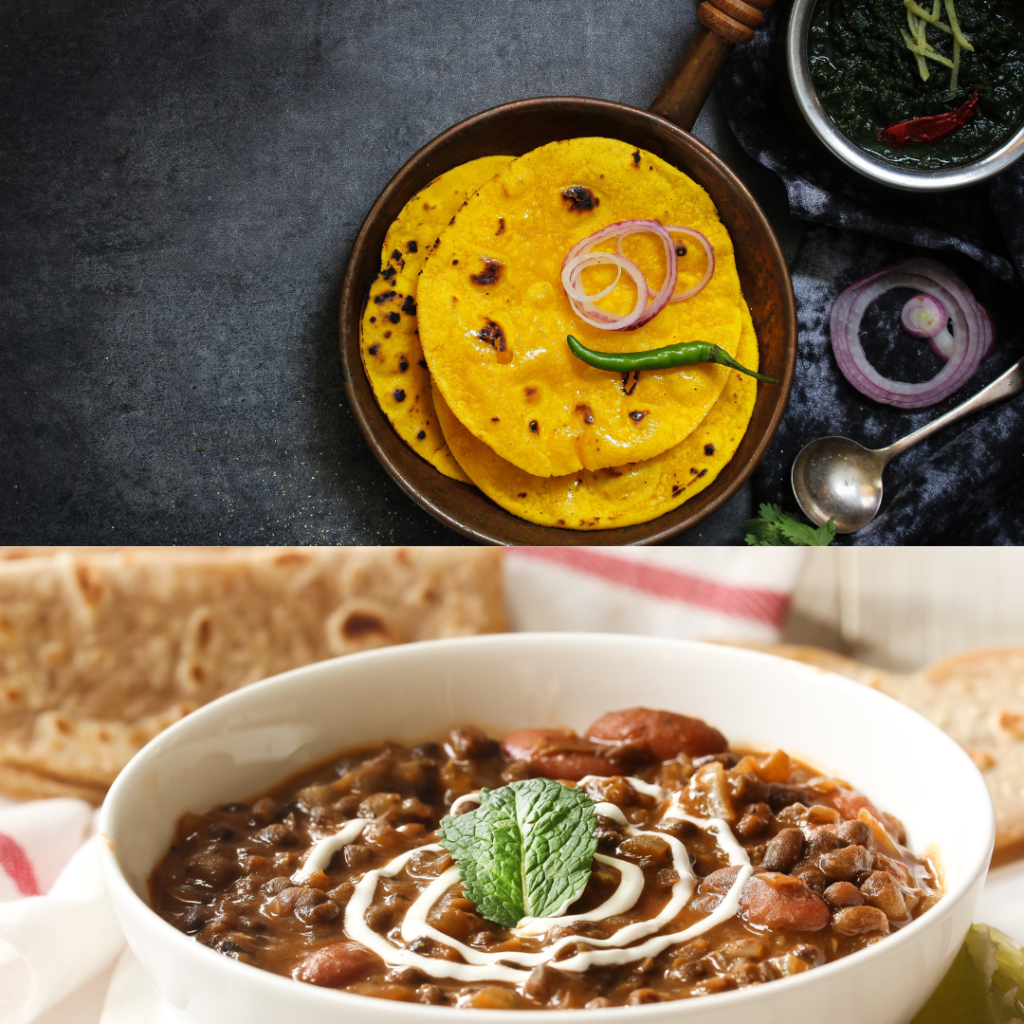Punjab Culture: A Vibrant Tapestry of Traditions and Heritage

Punjab, often referred to as the “land of five rivers,” is one of India’s most culturally rich and diverse regions. Situated in the northwestern part of the Indian subcontinent, Punjab has a captivating history that dates back to ancient times. Its culture, like its geography, is characterized by a tapestry of traditions, vibrant festivities, mouthwatering cuisine, and a deep-rooted sense of community. Let us delve into the heart of Punjab culture and explore the essence of this remarkable land.
History and Origins:
Punjab’s cultural heritage can be traced back to ancient civilizations that thrived along the banks of the Indus River, such as the Harappan civilization. Over the centuries, the region has witnessed the rise and fall of numerous dynasties, including the Mauryas, Guptas, Mughals, and Sikhs. Each of these influences has left an indelible mark on Punjab’s cultural landscape, shaping the diverse tapestry that exists today.

Language and Literature:
Punjabi, the native language of Punjab, stands as one of the oldest languages in the world. It boasts a rich literary heritage, with works by revered poets like Baba Farid, Bulleh Shah, and Waris Shah, whose epic poem “Heer Ranjha” is a cornerstone of Punjabi literature. Even today, Punjabi poetry and music remain an integral part of Punjab’s cultural expression.
Festivals and Celebrations:
Punjab’s calendar is marked with a multitude of vibrant festivals, each celebrated with immense fervor and enthusiasm. Baisakhi, also known as the harvest festival, holds a special place in the hearts of Punjabis and is celebrated with dance, music, and the traditional Punjabi folk dance, Bhangra. Lohri, another significant festival, marks the end of winter and the onset of longer days with bonfires, singing, and delicious traditional foods.
Music and Dance:
Punjabi music and dance are lively and rhythmic, reflecting the exuberance and energy of the Punjabi people. The Bhangra and Giddha are iconic folk dances that have gained global popularity. Bhangra, characterized by energetic movements and the beat of the dhol, has become a symbol of Punjabi culture worldwide, transcending borders and cultural barriers.
Cuisine:
Punjab’s culinary heritage is renowned for its mouthwatering flavors and generous use of spices. The cuisine is an embodiment of the region’s agricultural abundance and includes dishes such as Sarson da Saag, Makki di Roti, Butter Chicken, and Amritsari Kulcha. The Punjabi love for food is evident in the sumptuous spreads offered at festivals, weddings, and social gatherings.

Dress and Attire:
Traditional Punjabi attire is colorful and vibrant, reflecting the joyous spirit of the people. Men often wear the classic kurta-pajama, paired with a turban or a colorful phulkari scarf. Women typically don the salwar-kameez, and phulkari, a form of intricate embroidery, is a hallmark of Punjabi traditional clothing.
Hospitality and Community:
Hospitality is an intrinsic part of Punjab’s culture. The warmth and generosity of the people are reflected in the way they welcome guests into their homes. The spirit of community is evident during festivals and occasions when families and friends come together to celebrate, fostering strong bonds and a sense of unity.
Conclusion: Punjab’s culture is an exquisite tapestry woven with threads of history, traditions, festivals, music, dance, and culinary delights. The people of Punjab take immense pride in their heritage and are keen on preserving their rich cultural legacy for future generations. The vivacity of Punjab’s cultural expressions continues to transcend boundaries and resonate with people from all walks of life, making it a source of inspiration and admiration worldwide. As Punjab continues to embrace modernity, its cultural essence remains an enduring and invaluable aspect of its identity.